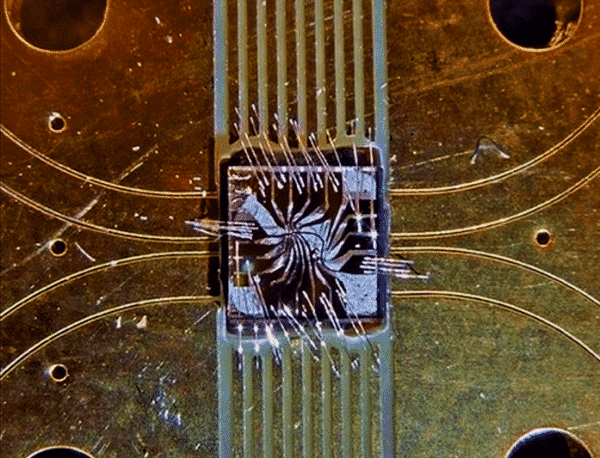Women will always be happy, regardless of age, if she gets a precious gift from a loved one. If the gift is a Diamond Ring, then she would be overwhelmed. Just imagine, what would be her reaction, if she gets to know that inside that diamond ring, there is a tiny quantum computer. Yes guys, you heard right – a tiny computer inside a diamond ring! A group of scientists consisting of multinational team members from University of Southern California (USC), Delft University of Technology, Iowa State University and the University of California (Santa Barbara) has shown a prototype of a quantum computer inside a diamond, ‘the first of its kind to include protection against “decoherence” – noise that prevents the computer from functioning.’
The team’s diamond quantum computer system featured 2 quantum bits (qubits), which is made of subatomic particles. The use of qubits powers the system to encode a zero and a one at the same, compared to traditional systems. This property, called superposistion, enables the system to perform faster calculations.
About Tiny Quantum Computer’s Functionality :
Like all diamonds, the diamond used by the researchers had impurities. However, the team utilized the impurities. A rogue nitrogen nucleus became the first qubit. In a second flaw, it was an electron, that became the second qubit. Electrons are smaller than nuclei and perform computations very fast. But they fall victim more quickly to decoherence. A large qubit based on a nucleus is much more stable but slower. Although solid-state computing systems is not new, but this was the first to incorporate decoherence protection by using microwave pulses that can continuously switch the direction of the electron spin rotation. To be noted, switching the direction of rotation time, reverses the inconsistencies in motion as the qubits move back to their original position.
The team demonstrated that its diamond-encased system can operate in a quantum fashion by seeing how closely it matched ‘Grover’s algorithm.‘
A test has been done regarding in search of an unsorted database. There’s a slight chance to find the exact one on the first try. Mathematically, apart from theory of probability, it’s like, you’d find the correct choice in X/2 tries – if X is the number of total choices you have to search through. So, with 6 choices, you’ll find the correct one after 3 tries (on average). A quantum computer which uses the properties of superposition can find the exact choice every time on the very first attempt while searching through an unsorted list of choices.
Further research is going on. The National Science Foundation and the U.S. Army Research Office’s Multidisciplinary University Research Initiative funded the study.
Source : USC News



